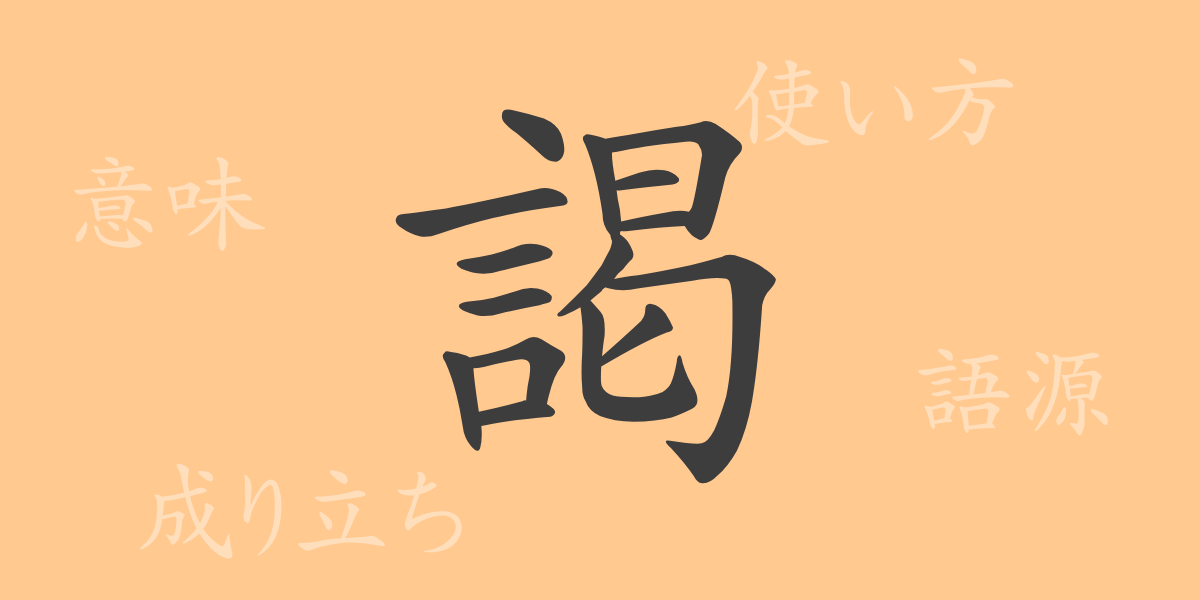“
Japan’s rich culture is home to many unique characters. Among them, the common kanji “”謁”” ( Etsu ) is one that we don’t often encounter in our daily lives, but it holds a deep meaning rooted in history and culture. In this article, we will delve into the world of “”謁,”” providing a detailed explanation of its origin, meaning, usage, and even related compound words.
The Origin of 謁 (Etsu)
“”謁”” originates from the ancient Chinese script called seal script. It was originally a combination of the shape of “”a mouth speaking words”” and “”a person wearing clothes,”” implying the meaning of “”meeting a noble person through words.”” As times changed, its shape also evolved into the current form of “”謁,”” but its basic meaning has remained the same.
The Meaning and Usage of 謁 (Etsu)
“”謁”” has meanings such as “”to meet a noble person”” and “”to have an audience with.”” It is mainly used for figures of authority, such as emperors, kings, or high-ranking nobles, and is employed to show respect. In modern times, we rarely encounter such situations, but it remains in specific expressions like “”拝謁”” (Haietsu, having an audience) in business or formal settings.
Reading, Stroke Count, and Radical of 謁 (Etsu)
By learning about the reading and character structure of “”謁,”” we can deepen our understanding of this kanji.
- Reading: The on’yomi reading is “”えつ”” (Etsu), and there is no specific kun’yomi reading.
- Stroke Count: It consists of 15 strokes in total.
- Radical: The radical is 言 (Kotoba-hen).
Compound Words, Idioms, and Proverbs Using 謁 (Etsu) and Their Meanings
Compound words and idioms containing “”謁”” are useful for expressing respect and reverence. Here are a few examples:
- 拝謁 (Haietsu): Meeting a person of high rank. Also, the honorific expression used on such occasions.
- 謁見 (Ekken): Having an audience with a monarch, emperor, or other high-ranking figures.
- 謁聞 (Etsubun): Hearing the opinions or stories of an important person directly.
Conclusion on 謁 (Etsu)
Each kanji character has its background and meaning deeply engraved. “”謁”” is no exception and still plays a role as a character expressing respect, born within a specific social context. Although it is not frequently used in modern Japan, knowing “”謁”” is valuable for understanding history and culture. We hope that through this article, you have been able to grasp a little of the world of “”謁.””
“

























